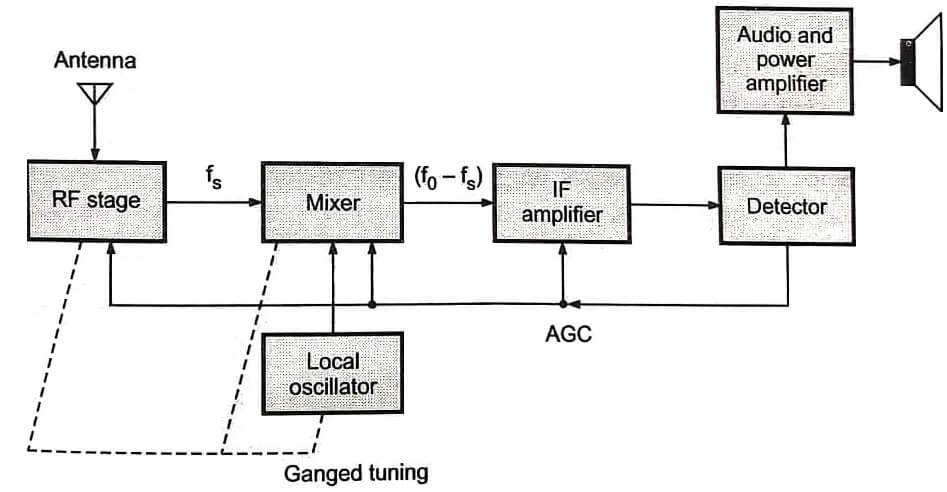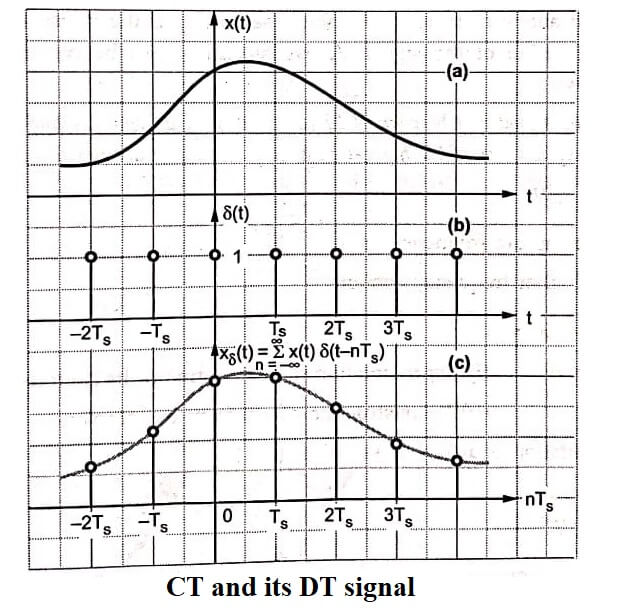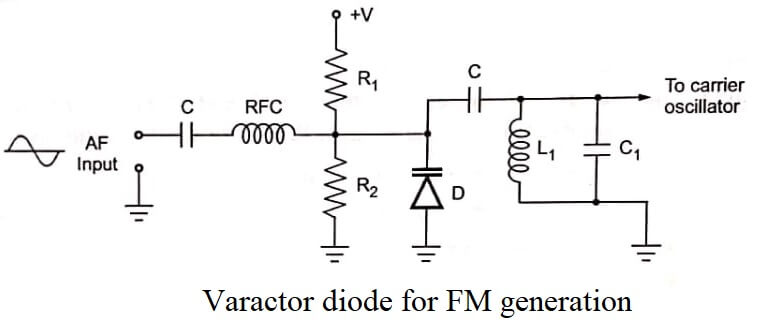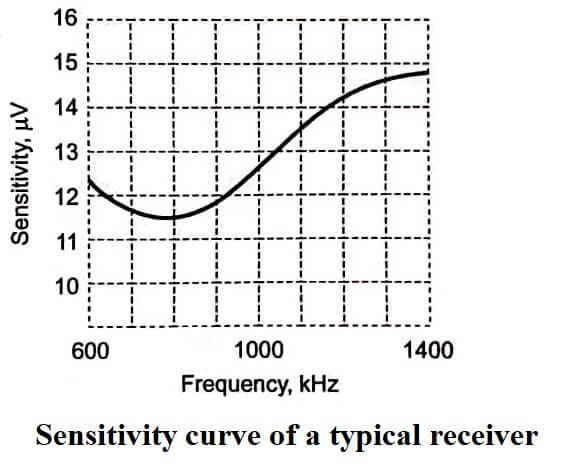The problems of TRF receiver are overcome in this receiver. The superheterodyne receiver converts all incomming RF frequencies to a fixed lower frequency, called Intermediate Frequency (IF). This IF is then amplified and detected to get the original signal. Fig shows the block diagram of superheterodyne receiver.

The antenna receives all the frequency signals and gives it to RF amplifier. The RF stage amplifies the signals in the required range of frequencies. Thus it provides initial gain and selectivity. The output of the RF amplifier is given to the mixer stage. The local oscillator output is also applied to the mixer.
Let us assume that local oscillator frequency is ƒ0 and signal frequency is ƒs. The signal frequency ƒs and local oscillator frequency ƒ0 are mixed in the mixer in such a way that frequency difference (ƒ0 – ƒs) is produced at the output of mixer.
This difference ƒ0 – ƒs is called Intermediate Frequency (IF). The signal at this IF contains the same modulation as the incoming signal. The IF is amplified by one or more IF amplifier stages and given to the detector.
Most of the gain and selectivity is provided by these IF amplifiers. Normally IF is fixed for the AM receivers. To select a particular station, the local oscillator frequency ƒ0 is changed in such a way that the frequency ‘ƒs‘ of that station and ‘ƒ0‘ has the difference equal to IF. Thus whatever is the station being tuned, the IF is fixed. Thus the IF amplifiers and detector operate at the single frequency IF. Hence the bandwidth of the IF amplifiers is relatively narrow.
A part of output is taken from the detector and it is applied to RF amplifier, mixer and IF amplifiers for gain control. This is called Automatic Gain Control or AGC. This AGC maintains the constant output voltage level over a wide range of RF input signal levels. The detector obtains the modulating signal from the modulated IF. The output of detector is amplified and given to speaker.
Advantages of superheterodyne receiver
- The selectivity of this receiver is better since its IF amplifiers are narrow band, and the operate only at IF.
- The design of IF amplifiers is relatively simple since they operate only at IF.
IF Requirement
Since IF is used in superheterodyne receiver, the IF amplifiers have to work only at one frequency. Hence their design is relatively simple. Adjacent channel selectivity, image frequency rejection, fidelity, selectivity etc performance parameters depend upon IF amplifiers. Since IF amplifiers work only at IF, their performance is improved. IF is selected based on following factors.
- IF should not fall in the tuning range of the receiver.
- IF should be sufficiently high so that local oscillator does not have stability problems.
- IF should not be very low, because image frequency rejection is poor at low frequencies.
- A high value of IF increases tracking difficulties.
Considering these points, IF is selected within the range of 438 to 465 kHz. Normally 465 kHz is most commonly used IF.
- See More : Tuned radio frequency receiver
- See More : Point to point links
- See More : Wavelength Division Multiplexing
[sc_fs_faq html=”true” headline=”h2″ img=”” question=”What is superheterodyne receiver?” img_alt=”” css_class=””] The superheterodyne receiver converts all incoming RF frequencies to a fixed lower frequency, called Intermediate Frequency (IF). This is then amplitude and detected to get the original signal. [/sc_fs_faq]



